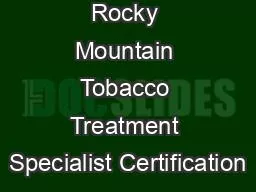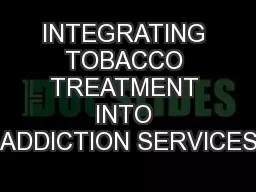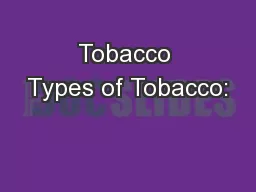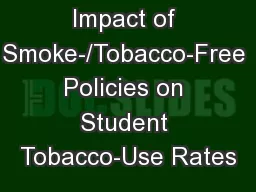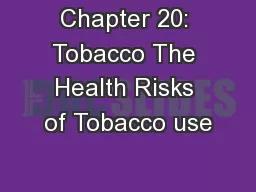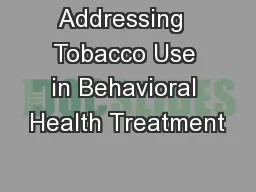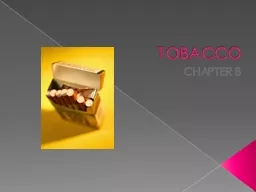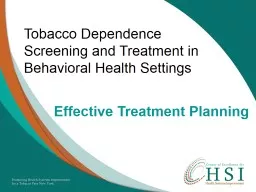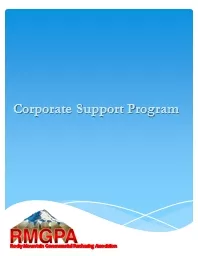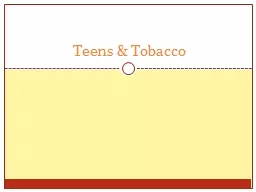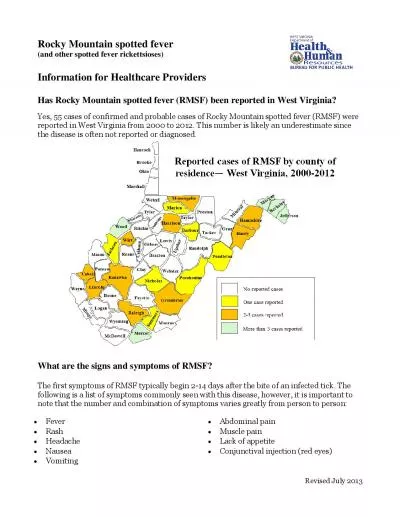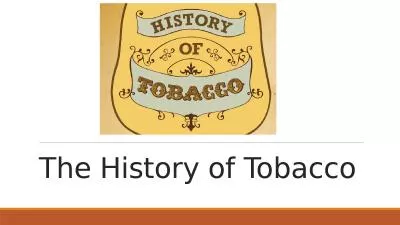PPT-Rocky Mountain Tobacco Treatment Specialist Certification
Author : rouperli | Published Date : 2020-06-17
RMTTSC Program Documentation Evaluation amp Professional Resources Module 9 M aintaining accurate records Implementing a protocol to track followup Standardized
Presentation Embed Code
Download Presentation
Download Presentation The PPT/PDF document "Rocky Mountain Tobacco Treatment Special..." is the property of its rightful owner. Permission is granted to download and print the materials on this website for personal, non-commercial use only, and to display it on your personal computer provided you do not modify the materials and that you retain all copyright notices contained in the materials. By downloading content from our website, you accept the terms of this agreement.
Rocky Mountain Tobacco Treatment Specialist Certification: Transcript
Download Rules Of Document
"Rocky Mountain Tobacco Treatment Specialist Certification"The content belongs to its owner. You may download and print it for personal use, without modification, and keep all copyright notices. By downloading, you agree to these terms.
Related Documents

